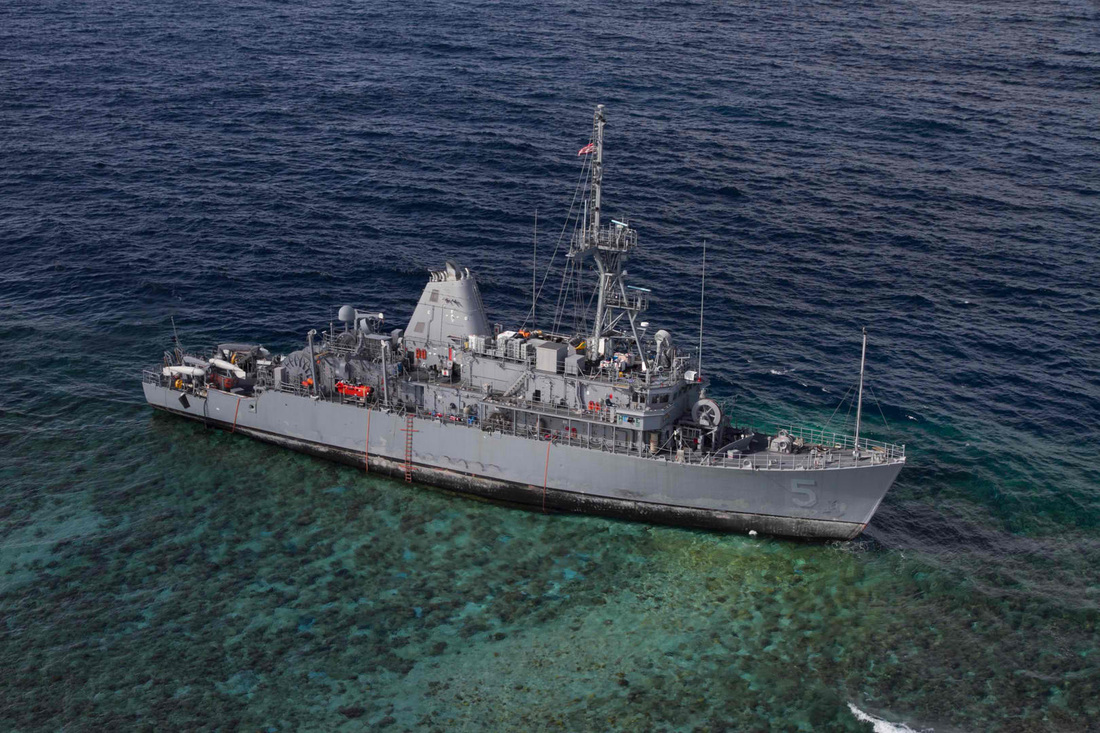ENVIRONMENTAL ISSUES
Heaven on Paradise
From the combination of two Samal words: tubba and taha which together means "a long reef exposed at low tide", that is how the Tubbataha Reef is named and being known. Since the divers discovered the Tubbataha Reef in the late 1970’s it has become recognized as one of the most notable coral reefs on our planet. People from their town may always visit their exceptional tourist spot and try to sail and get fishing on “Gusong”, their local name for the Tubbataha.
Corals are marine mammals they are typically in compact colonies. They are many kinds of corals in the world which consist of splendid features. Tubbataha Reef is one of natural resources here in the Philippines which are composed of two huge atolls. They are located in the Marine Protected Area, Natural Marine Park in Sulu Sea Philippines. Tubbataha Reef National Park is considered as the World Heritage Site under the protective management of the Philippines Department of National Defense (DND) and technical supervision of the Palawan Council for Sustainable Development (PCSD) and the Department of Environment & Natural Resources (DENR).
With the stunning sceneries of Tubbataha Reef there will be no doubt that it is nominated as one of the 7 Wonders of Nature. It is also considered as the center of marine biodiversity. The Tubbataha Reef Natural Park covers beyond 600 species of fish, 360 coral reef species, 11 shark species, 13 dolphin and whale species, and 100 bird species. The reefs also work for Hawksbill and Green sea turtles by the way of their nesting grounds.
They may be some incidents that destruct the grounds of Tubbataha Reef, one of this is the Greenpeace Ship, Rainbow Warrior ran beached on Tubbataha Reef, injurious 100 square meters. And in 17 January 2013, the US Navy minesweeper USS Guardian ran aground at Tubbataha Reef. And as of now the World Wide Fund for Nature Philippines estimated that at least 400 sq. m reef have been damaged. The colorful and spectacular corals have been destroyed. But still, there many people who are willing to help out for the recovering of the reef.
Day tripper can experience the reef’s natural underwater terrain, astounding biodiversity and encounter different marvelous animals in the area. Divers from different countries proven that Tubbataha Reef is one of the best diving site in the world. Their magnificent and extra-ordinary species that lives underwater cannot make any exception from the others. That’s why we need to protect every inch of our natural resources because everything that God has created has its own importance and purpose. #
by: Maiko Calderon
Corals are marine mammals they are typically in compact colonies. They are many kinds of corals in the world which consist of splendid features. Tubbataha Reef is one of natural resources here in the Philippines which are composed of two huge atolls. They are located in the Marine Protected Area, Natural Marine Park in Sulu Sea Philippines. Tubbataha Reef National Park is considered as the World Heritage Site under the protective management of the Philippines Department of National Defense (DND) and technical supervision of the Palawan Council for Sustainable Development (PCSD) and the Department of Environment & Natural Resources (DENR).
With the stunning sceneries of Tubbataha Reef there will be no doubt that it is nominated as one of the 7 Wonders of Nature. It is also considered as the center of marine biodiversity. The Tubbataha Reef Natural Park covers beyond 600 species of fish, 360 coral reef species, 11 shark species, 13 dolphin and whale species, and 100 bird species. The reefs also work for Hawksbill and Green sea turtles by the way of their nesting grounds.
They may be some incidents that destruct the grounds of Tubbataha Reef, one of this is the Greenpeace Ship, Rainbow Warrior ran beached on Tubbataha Reef, injurious 100 square meters. And in 17 January 2013, the US Navy minesweeper USS Guardian ran aground at Tubbataha Reef. And as of now the World Wide Fund for Nature Philippines estimated that at least 400 sq. m reef have been damaged. The colorful and spectacular corals have been destroyed. But still, there many people who are willing to help out for the recovering of the reef.
Day tripper can experience the reef’s natural underwater terrain, astounding biodiversity and encounter different marvelous animals in the area. Divers from different countries proven that Tubbataha Reef is one of the best diving site in the world. Their magnificent and extra-ordinary species that lives underwater cannot make any exception from the others. That’s why we need to protect every inch of our natural resources because everything that God has created has its own importance and purpose. #
by: Maiko Calderon
JOIN US~!!
|
|


